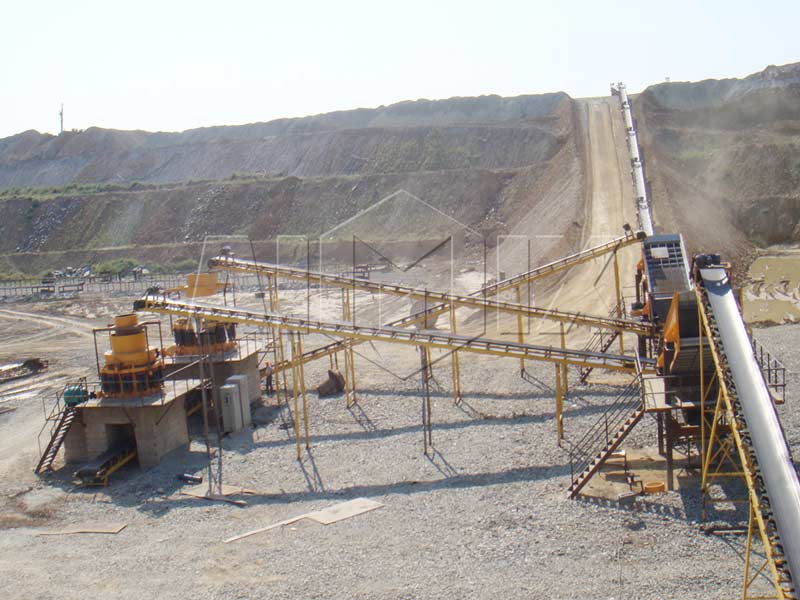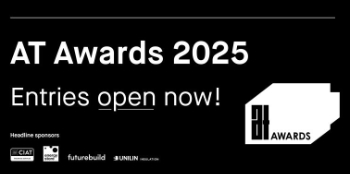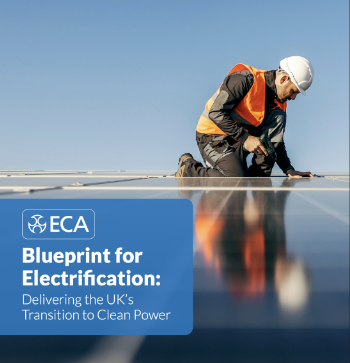Crushing machines
Contents |
[edit] Introduction
Coal crushers are generally employed in thermal power plants. There are various kinds that are available.
[edit] Mobile crushing plant
Mobile coal crushing plants have the advantage of mobility and low transportation cost. Compact design facilitates use in various sites, procedures and a wide range of materials without the need for groundwork. Moreover, mobile coal crushing station's have low energy consumption and simple installation.
[edit] Double roll coal crusher
A double roll coal crusher is designed to crush lumps of coal by breaking them into smaller pieces. This machine uses a massive cylinder that contains fins on both sides that raise coal lumps as it rotates. The device produces cubical coal, which is better for the environment. There is the option to place multiple units in series, these double roll crushers are self-driven and track-mounted.
[edit] Jaw crusher
A jaw crusher is used to crush different hard materials into smaller pieces. The size of the crushed content from this machine is approximately five to twenty-five microns. Jaw crushers can process materials as diverse as coal, platinum ore, gold ore, copper, and so on. The smallest size depends on the material's hardness, toughness, and density. The size of the feed opening will also be impacted by the actual size of the jaw plates.
[edit] Gyratory crusher
A gyratory coal crusher is a primary crushing unit, so described as it has a tall crushing chamber, replaceable manganese wear plates, and adjustable main shaft positioning system. This unit is employed in a wide variety of applications, including primary and secondary crushing. Its crushing action is brought on by the closing of the gap involving the stationary concave liners as well as the mantle. The product will then be discharged from the bottom of the crusher.
[edit] Impact crusher
These crushers are mostly exported to Africa, Southeast Asia and the Middle East, in areas of rapid economic development. Infrastructure growth and mineral resources extraction has resulted in a strong market for large and small impact crushers.
[edit] Roll crusher
A roll crusher is a specialised coal crusher used for difficult brittle minerals. The theoretical maximum reduction ratio is 4:1, meaning a two-inch particle fed into the unit will be reduced to half an inch or smaller. Roll crushers have an adjustable spring and wedge device between the rollers, which stops the machine from shutting down because of overloading or iron passing within the crushing chamber.
[edit] Cone crusher
A cone crusher is a type of crushing machine that uses compression to produce a number of different particle sizes by adjusting the throw of the mantle, the spacing between the mantle as well as the concave shape. This gradation control is achieved by raising and lowering the top of the cone crusher, and this determines the way the final item is shaped. Some cone crushers let the operator regulate the mantle's throw, or how far it rotates off its axis.
[edit] Related articles on Designing Buildings
Featured articles and news
Shading for housing, a design guide
A look back at embedding a new culture of shading.
The Architectural Technology Awards
The AT Awards 2025 are open for entries!
ECA Blueprint for Electrification
The 'mosaic of interconnected challenges' and how to deliver the UK’s Transition to Clean Power.
Grenfell Tower Principal Contractor Award notice
Tower repair and maintenance contractor announced as demolition contractor.
Passivhaus social homes benefit from heat pump service
Sixteen new homes designed and built to achieve Passivhaus constructed in Dumfries & Galloway.
CABE Publishes Results of 2025 Building Control Survey
Concern over lack of understanding of how roles have changed since the introduction of the BSA 2022.
British Architectural Sculpture 1851-1951
A rich heritage of decorative and figurative sculpture. Book review.
A programme to tackle the lack of diversity.
Independent Building Control review panel
Five members of the newly established, Grenfell Tower Inquiry recommended, panel appointed.
Welsh Recharging Electrical Skills Charter progresses
ECA progressing on the ‘asks’ of the Recharging Electrical Skills Charter at the Senedd in Wales.
A brief history from 1890s to 2020s.
CIOB and CORBON combine forces
To elevate professional standards in Nigeria’s construction industry.
Amendment to the GB Energy Bill welcomed by ECA
Move prevents nationally-owned energy company from investing in solar panels produced by modern slavery.
Gregor Harvie argues that AI is state-sanctioned theft of IP.
Experimental AI housing target help for councils
Experimental AI could help councils meet housing targets by digitising records.
BSRIA Occupant Wellbeing survey BOW
Occupant satisfaction and wellbeing tool inc. physical environment, indoor facilities, functionality and accessibility.


























